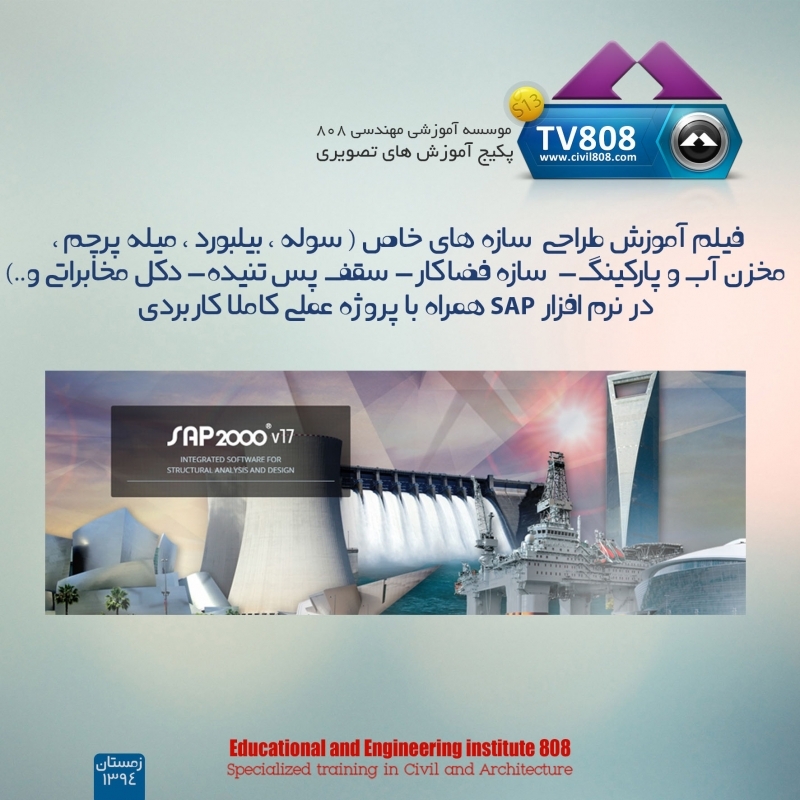Efficient Design
페이지 정보

본문
 Space Frame Structures
Space Frame StructuresIn the realm of contemporary architecture, space frame structures are gaining acceptance due to their distinctive combination of strength, efficiency, and visual appeal. One of the most significant advantages of space frame structures is their ability to be designed and constructed using modular components, which plays a crucial part in their success. In this piece, we will discuss the importance of smart design principles in structural frame architecture and how it contributes to its many advantages.
Smart design principles in structural frame structures refers to the use of prefabricated parts that are assembled on-site to form the final structure. Each component is typically designed and manufactured separately, and then connected to form a larger system. This approach offers numerous benefits, including increased efficiency, minimized waste, and enhanced quality control. The modular nature of structural frame structures also makes them highly flexible, as individual components can be easily replaced or upgraded if needed.
One of the primary reasons why smart design principles is essential in space frame architecture is its impact on construction speed. Conventional building methods often require on-site labor to construct the structure, which can be long-winded and prone to delays. In comparison, modular space frame structures can be built in a factory, where the components are prefabricated to precise specifications. This allows the modules to be transported to the location and assembled quickly, noticeably reducing the overall construction time. The resulting structure is not only faster to build but also more long-lasting.
Another significant advantage of modular design in space frame architecture is minimized waste. When building with conventional methods, it is common to generate a significant amount of waste on-site, including materials and other by-by-items. Modular construction minimizes waste by allowing the parts to be prefabricated in a controlled factory environment. This means that materials are used efficiently, and any waste generated during the manufacturing process is recyclable.
Smart design principles in space frame architecture also allows for improved quality control. With conventional building methods, it can be challenging to maintain consistency in the quality of the final product. However, in a modular construction approach, each component is manufactured and inspected to precise specifications, ensuring that the final structure meets predetermined criteria. This leads to a higher-quality finished product that is more durable and requires less upkeep over its lifespan.
In addition to these advantages, modular design in structural frame architecture also contributes to the sustainability of the structure. By using prefabricated components, the need for سازه فضایی on-location labor and materials is minimized, which minimizes the overall environmental impact of the project. Moreover, prefabricated design allows for simpler recycling and disposal of materials at the end of the structure's lifespan, reducing waste and minimizing the environmental footprint.
In conclusion, modular design is a crucial component of space frame architecture, offering numerous benefits in terms of efficiency, waste reduction, quality control, and sustainability. As architects and contractors continue to explore innovative ways to design and construct buildings, the modular nature of space frame structures is becoming an increasingly attractive option. By embracing smart design principles, we can create more sustainable, productive, and high-quality structures that not only meet our needs but also minimize our impact on the environment.
- 이전글Study Anything New From Koka Hash Mefedron Recently? We Requested, You Answered! 25.06.01
- 다음글The way to Make Extra Do American Public Schools Have Uniforms By Doing Less 25.06.01
댓글목록
등록된 댓글이 없습니다.

